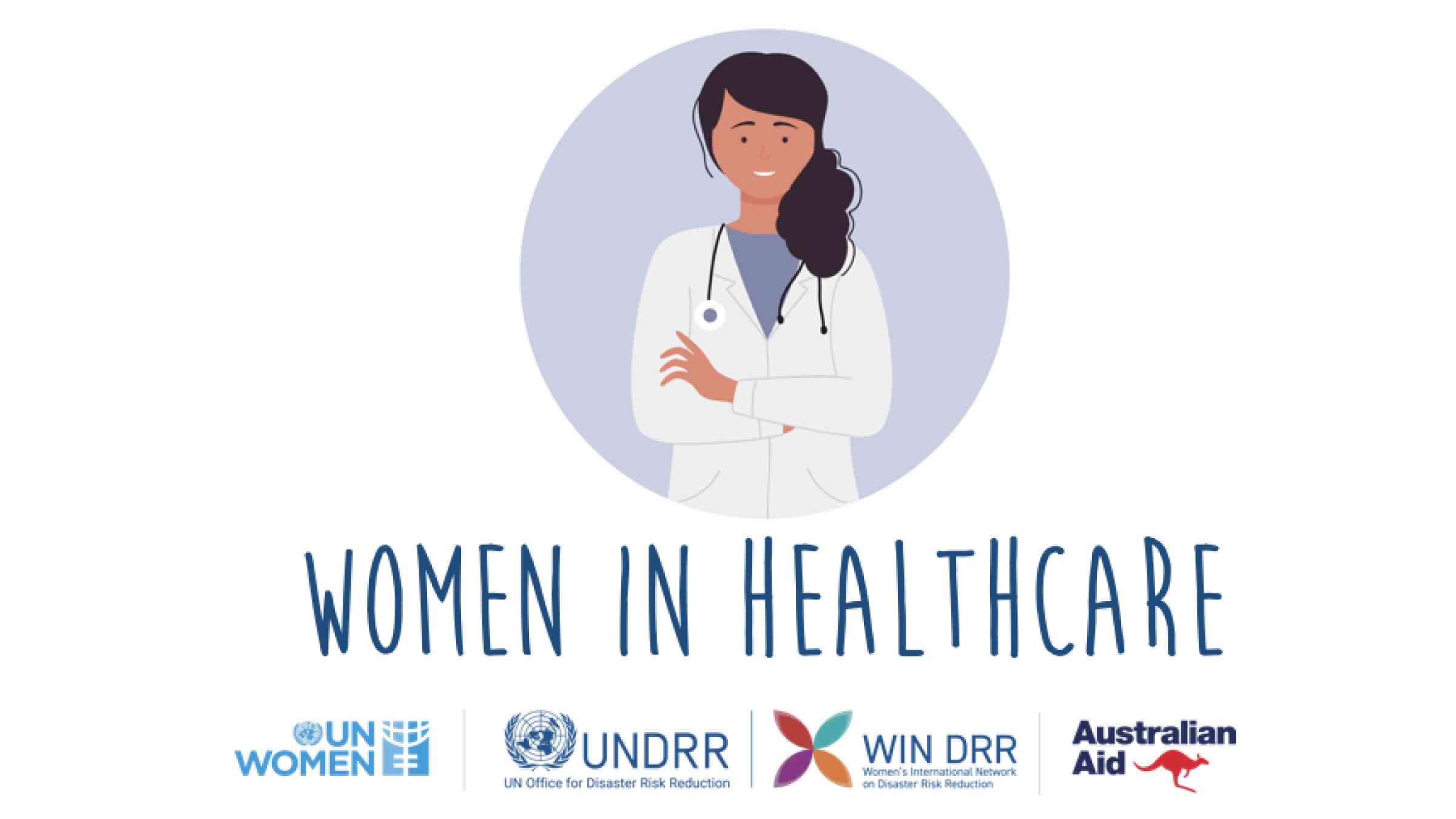Healthcare RCM: Maximize Earnings Cycle Monitoring for Better Outcomes
Healthcare RCM: Maximize Earnings Cycle Monitoring for Better Outcomes
Blog Article
A Comprehensive Guide on How Health Care RCM Works to Improve Invoicing and Collections
Navigating the complexities of healthcare profits cycle administration (RCM) is essential for carriers aiming to enhance their invoicing and collections procedures. The guide unloads the ins and outs of RCM, from patient registration to balance dues management, offering insights right into optimizing each action. Integrating advanced modern technology and standardized treatments can significantly decrease claim rejections and increase payment cycles. Yet, real difficulty depends on flawlessly combining these components to enhance cash money circulation. As we check out the core components and approaches that drive effectiveness, one concern remains: just how can health care entities ideal position themselves to grow economically in an ever-evolving sector?
Comprehending Revenue Cycle Monitoring
Grasping the ins and outs of Revenue Cycle Administration (RCM) is necessary for medical care organizations intending to maximize their monetary efficiency. RCM is an important management feature that encompasses the whole financial process of patient care, from the initial consultation readying to the final repayment of the balance. It is a complicated treatment created to identify, accumulate, and manage the earnings from the services offered to people. Effective RCM makes sure that health care companies obtain timely and precise repayments, decreasing the threat of income loss and improving money flow.
The RCM process begins when a person schedules a consultation and expands via the client's care journey, including payment and collections. A key purpose is to reduce the time between offering a service and receiving repayment, thus enhancing the company's financial health and wellness. RCM involves numerous functions such as person registration, insurance confirmation, charge capture, coding, claims entry, repayment uploading, and taking care of denials and charms.
Key Elements of RCM
In the world of Earnings Cycle Administration (RCM), understanding its key parts is basic to attaining monetary effectiveness within health care organizations. RCM is a detailed procedure that incorporates numerous stages, each vital to ensuring efficient billing and collections. The primary elements include client enrollment, insurance coverage confirmation, cost capture, coding, case submission, payment publishing, and balance due monitoring.


When coded, insurance claims are submitted to payers, where accuracy is critical to prevent delays or denials - Healthcare RCM. Payment posting includes tape-recording the gotten repayments, which enables the settlement of accounts. Last but not least, receivables administration concentrates on tracking and addressing unpaid cases, making sure prompt follow-up and resolution
Each element of RCM is adjoined, and ineffectiveness in any component can interrupt the whole cycle. Consequently, understanding these elements is crucial for doctor to optimize income and improve their economic health and wellness.
Strategies for Effective Invoicing

Standardizing payment find out here now treatments throughout the company is an additional vital method. Establishing clear guidelines for documentation, coding, and submission helps keep uniformity and conformity with governing demands. Educating team regularly on these procedures guarantees every person is up-to-date with the current changes in invoicing codes and payer plans.
Exact charge capture is necessary in avoiding income leakage. Carrying out regular audits and monitoring systems permits the recognition and correction of discrepancies prior to they influence earnings. Furthermore, maintaining open lines of communication with payers helps to promptly deal with any kind of disputes or misconceptions that might arise.

Last but not click to read least, interesting individuals early in the invoicing procedure by providing clear quotes and instructional materials concerning their economic obligations can considerably lower confusion and enhance payment timeliness. These methods collectively add to an extra effective and economically healthy billing system.
Enhancing Collections Procedures
A durable collections procedure is essential for preserving economic security within health care organizations. Provided the complexities of medical invoicing and the variety of payer needs, enhancing the collections process entails applying critical actions that guarantee accurate and timely payment of services rendered. Central to this is using modern technology to automate and enhance procedures, improving and decreasing manual errors effectiveness. Automation tools can aid in tracking claim standings, sending out prompt suggestions to individuals, and taking care of rejections more properly.
Clear and clear individual interactions are vital. Supplying detailed explanations of costs and supplying adaptable repayment plans can boost person fulfillment and punctual settlements.
Routine audits of the collections procedure must be performed to determine locations for enhancement and make sure conformity with laws. By examining information, healthcare organizations can determine trends, anticipate potential problems, and adapt approaches as necessary (Healthcare RCM). Eventually, a well-enhanced collections procedure not just supports economic health however also adds to an extra seamless experience for individuals and team alike
Optimizing Earnings Streams
Building upon the foundation of a strong collections process, health care companies can better bolster their financial security by strategically enhancing revenue streams. This includes a multi-faceted approach, beginning with a detailed evaluation of existing earnings resources to recognize inefficiencies and areas for development. Using sophisticated information analytics tools enables organizations to gain insights into payer mix, person demographics, and service application patterns, enabling for data-driven choices that improve income capture.
Carrying out automated invoicing systems can significantly minimize errors and speed up insurance claims processing, making sure that earnings is collected more efficiently. Moreover, maximizing payer agreements through regular arrangements can enhance compensation prices and terms, straight impacting the bottom article line. Expanding service offerings, such as including telehealth or health care, can additionally draw in a more comprehensive individual base, thus increasing revenue possibility.
One more essential part is boosting person interaction and contentment, as completely satisfied patients are most likely to stick to therapy strategies and make prompt payments. Using flexible settlement options and transparent invoicing techniques can boost collections and foster client commitment. Healthcare RCM. By embracing these techniques, health care organizations can develop a more durable economic structure, ensuring continual development and stability in an ever-changing market landscape
Verdict
To conclude, medical care Profits Cycle Monitoring (RCM) plays a critical function in maximizing payment and collections processes by incorporating crucial components such as patient enrollment, insurance confirmation, charge capture, coding, declares submission, and accounts receivable monitoring. By using advanced innovation, standardizing treatments, and fostering person engagement, medical care providers can substantially lower case rejections, increase payment cycles, and boost cash money flow. This thorough technique to RCM inevitably leads to improved economic efficiency and sustainability for healthcare organizations.
The RCM process begins when a patient timetables a consultation and extends via the patient's care journey, consisting of invoicing and collections.One more vital part is boosting individual interaction and satisfaction, as satisfied people are much more likely to stick to therapy strategies and make timely payments. Using flexible repayment alternatives and clear payment techniques can improve collections and foster patient loyalty.In final thought, medical care Earnings Cycle Monitoring (RCM) plays a crucial role in enhancing billing and collections processes by incorporating key elements such as individual enrollment, insurance verification, charge capture, coding, asserts submission, and accounts receivable management. By employing innovative modern technology, systematizing procedures, and cultivating person engagement, medical care service providers can dramatically reduce claim denials, increase settlement cycles, and boost money circulation.
Report this page